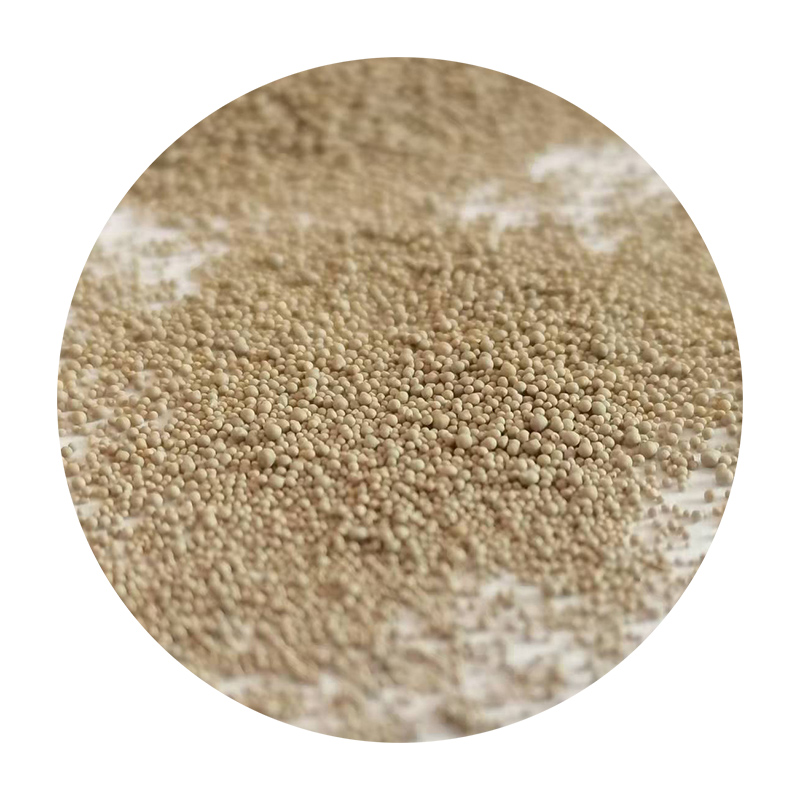Sand in Resin A Unique Artistic Medium
In recent years, the use of sand in resin has gained popularity among artists, crafters, and DIY enthusiasts
. This intriguing combination not only enhances the aesthetic appeal of various projects but also offers unique opportunities for creativity and expression. By integrating natural materials like sand into resin, artists can create stunning pieces that reflect the beauty of nature while also showcasing their artistic talents.Resin art has already made a name for itself in the world of contemporary crafting. Epoxy resin, a viscous liquid that hardens into a durable solid, has become a favored medium for creating everything from jewelry to large-scale art installations. When combined with sand, the result is an intriguing interplay of textures, colors, and patterns that capture the essence of the beach, desert landscapes, or any sandy terrain. The addition of sand introduces a tactile element, making the final pieces not only visually appealing but also engaging to touch.
One of the most exciting aspects of using sand in resin is the diversity of options available to artists. The type of sand used can drastically change the outcome of the project. For instance, fine white sand can impart a serene, beach-like quality, reminiscent of gentle waves lapping at the shore. In contrast, coarse, dark sand can evoke the rugged beauty of volcanic landscapes or riverbeds. Colored sands are another option, allowing for vibrant and playful creations that can be tailored to fit specific themes or color palettes.
When creating art with sand and resin, artists often experiment with layering techniques. By pouring layers of tinted resin between layers of sand, they can achieve mesmerizing depth and complexity in their pieces. Additionally, artists may choose to embed objects, such as shells or small stones, within the layers of sand and resin, further enhancing the narrative aspect of the artwork. This creates a three-dimensional quality that draws the viewer in, inviting them to explore the intricacies of the piece.
sand in resin

Safety is a crucial consideration when working with resin. Artists must carefully follow guidelines to ensure they are protected from fumes and skin irritation. Proper ventilation and personal protective equipment, such as gloves and masks, are essential. Fortunately, many types of resin formulated for craft projects are now available that are low in volatile organic compounds (VOCs), making them safer options for home use.
The versatility of sand in resin art spills over into functional crafts, as well. Artists and crafters can create everything from tabletops and coasters to picture frames and home décor items. The natural beauty of sand juxtaposed with the glossy finish of resin results in striking pieces that can serve both decorative and functional purposes. These creations often become conversation starters, as guests admire the intricate designs and the craftsmanship behind them.
Moreover, the environmental aspects of using natural materials in art should not be overlooked. Sand, a readily available resource, often represents a connection to nature and the outdoors. This relationship can inspire reflection on the beauty and fragility of our natural environments. Many artists use their work as a way to promote awareness about environmental issues, highlighting the importance of preserving our landscapes and ecosystems.
In conclusion, the fusion of sand and resin offers endless possibilities for artistic expression. This medium's ability to encapsulate natural beauty while paving the way for innovative designs makes it a compelling choice for both novice and experienced artists. Whether creating striking decorative items or functional pieces, the combination of sand and resin showcases the wonders of nature and the imagination of the artist. As this trend continues to gain momentum, we can expect to see even more creative applications and breathtaking works of art emerging from this unique partnership.
Post time:ທ.ວ. . 18, 2024 02:55
Next:sanding a 3d print
